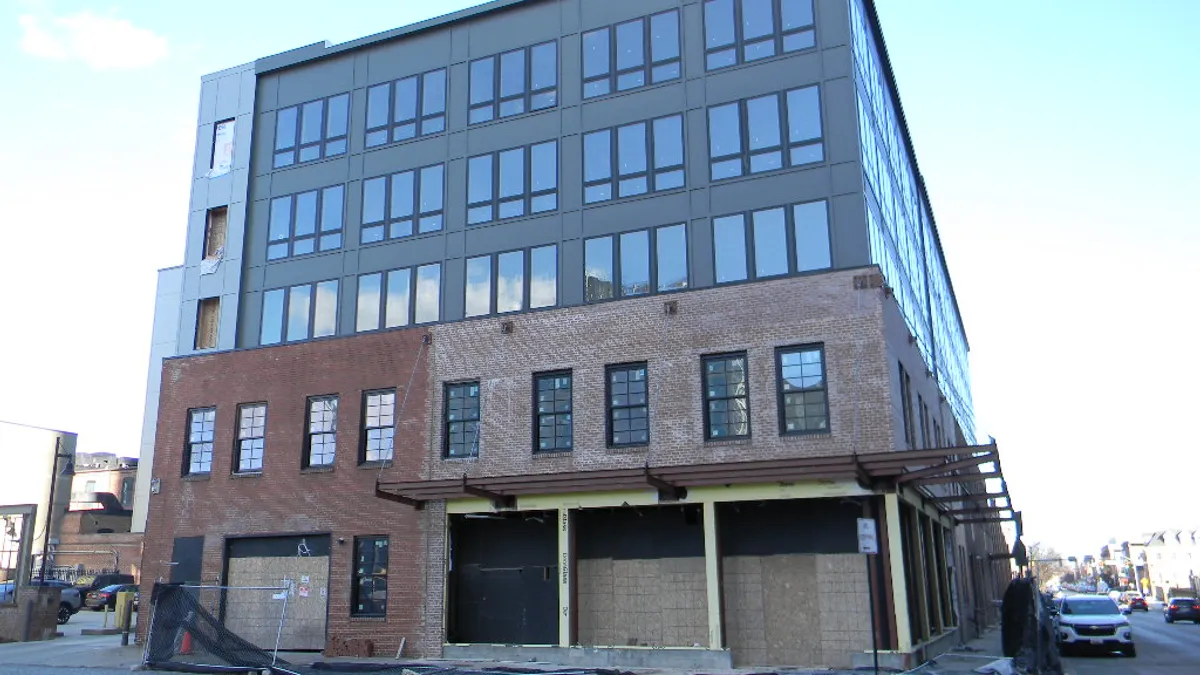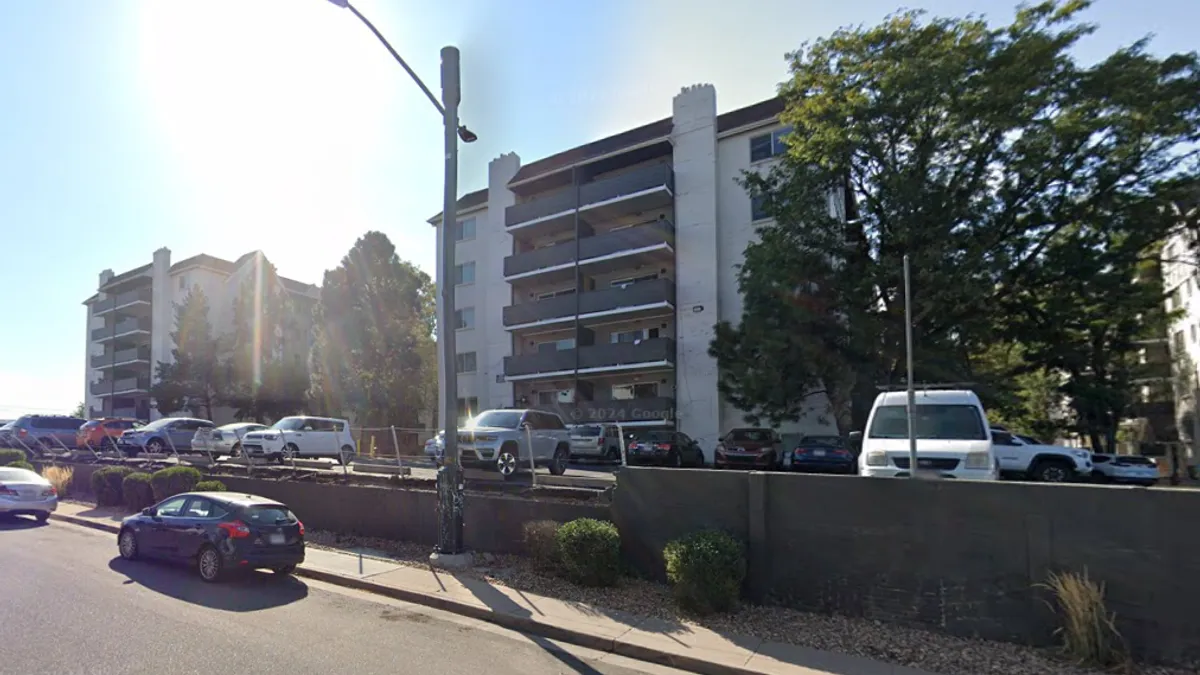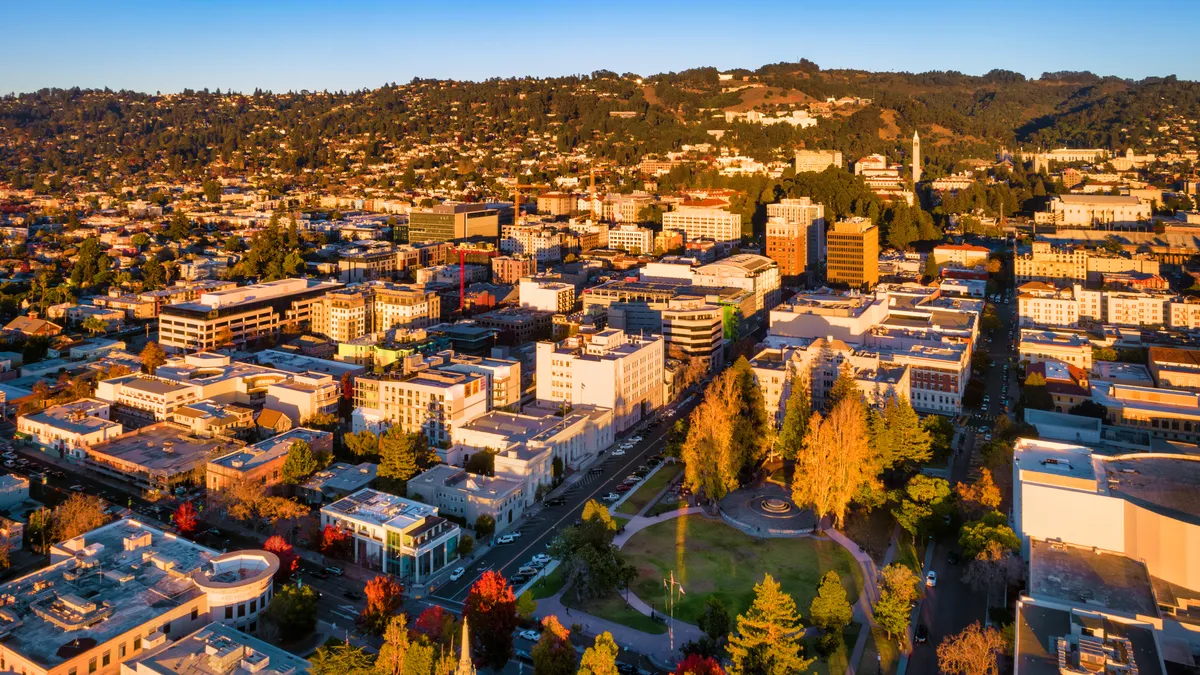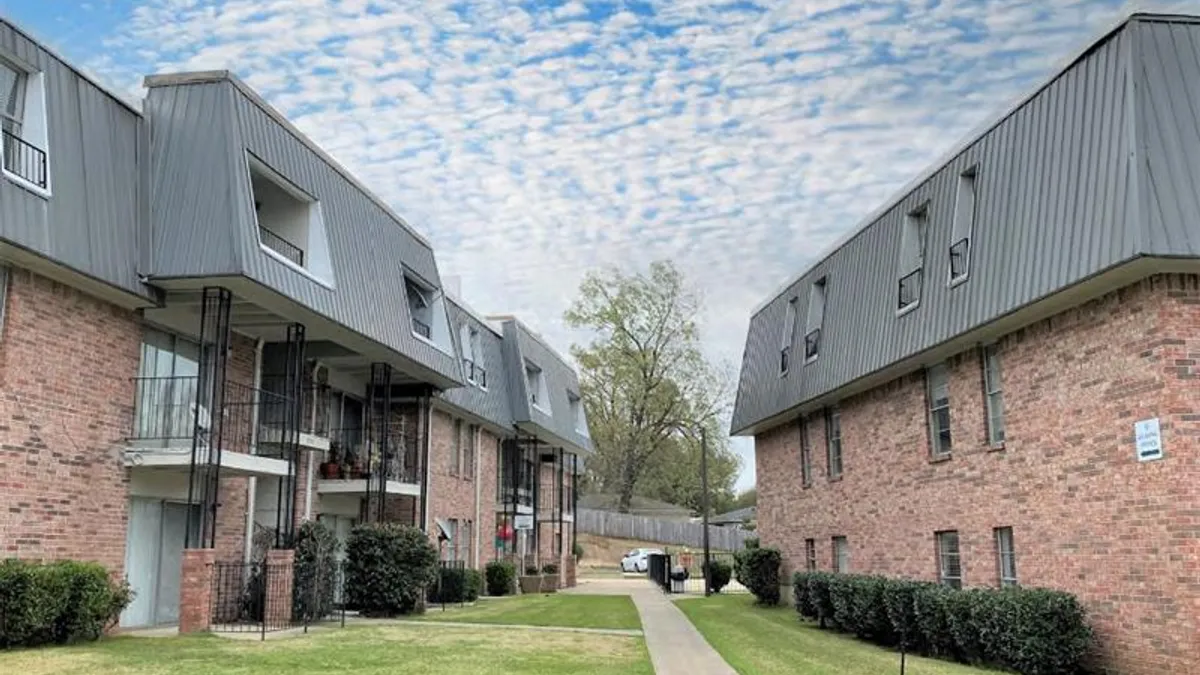In early February, Alliant Strategic Development began work on four transit-oriented apartment communities in Los Angeles’ San Fernando Valley. At the groundbreaking ceremony, ASD founder and CEO Eddie Lorin noted that the majority of new multifamily developments around the country are being built for renters at the high end of the economic spectrum.
He is attempting to serve the other end of the market.
When these projects open in the fourth quarter of 2024 and the first quarter of 2025, they will deliver more than 700 attainable and affordable rental units within walking distance of mass transit.
But to even get to the development phase of the projects, Calabasas, California-based ASD had to cobble together several funding sources, including bonds issued by the California Municipal Finance Authority and California Housing Finance Agency.
ASD also needed to wade through politics at the local level after buying the first piece of land for the deal two and a half years ago. The company navigated a gantlet of local government approvals, including hearings with the city of Los Angeles and hiring a certified access specialist to ensure the projects met Fair Housing standards.
“All of these things lead up to delays, and delays cost money,” Lorin said. “And ironically, the more delays and the more costs, the thinner the margins get when you're trying to do the right thing by delivering affordable units.”
Even after fighting through local bureaucracy, Lorin isn’t deterred. ASD plans to build 5,000 to 10,000 low-income housing tax credit and attainable housing units for those making 80% to 120% of area median income.
Here, Lorin talks with Multifamily Dive about the difficulty of developing affordable housing, how to fix the LIHTC and challenges with labor and materials.
This interview has been edited for brevity and clarity.
MULTIFAMILY DIVE: What do you have in the pipeline?
EDDIE LORIN: We do have more low-income housing tax deals in Northern and Southern California in the pipeline, including one in Silicon Valley where we're taking an old elementary school and building low-income housing for teachers and faculty.
That has been a really interesting experience because we've had to deal with NIMBYs up there. Ironically, the people whose children went to this elementary school have turned around and objected. But we've prevailed.

People from the school board have stepped up and said, “Hey, we need this. People are commuting two hours each way to go to work, and they need housing.”
Then we have another market-rate deal in Las Vegas serving the missing middle. It's 500 units. We're in the process of entitling it.
What are your biggest challenges with the tax credit program?
The bigger problem is not necessarily the cost of credits, although that affects things. It's the allocation of credits and the intense competition. The 9% credits have always been very, very competitive. The 4% credit — all of a sudden, in the last three years — has became extremely competitive as well.
So maybe 30% will get allocated, and then you have to apply for the second round. So probably more challenging is the lack of political will to allocate more tax credit dollars for all projects and make the necessary changes to the code to allow more credits.
I know the Tax Cuts and Jobs Act of 2017 made things more difficult for affordable developers. Is that still an issue?
When taxes are lower, the value of the credit goes down, and the proceeds you can get also go down. So that was the additional challenge that popped up in 2017. When the corporate tax rate went down, the value of the credits to the investor became lower, and so the proceeds to build became more competitive.
But the bigger problem is the lack of political will and allocation of credits. If you're only getting 30% winning and awarded credits, then you have to go to the next round. Then in the state of California, we have even fewer credits.
You can get the federal tax credits but, at the end of the year, if you can’t get the state credits, then your project also can't go forward. When you are capping rents to levels [at] 40% of market, something has to give, and that comes from tax credits that don’t have to be paid back. We just need lots more of that allocated by the federal and state governments to go around.
How could policymakers fix this tax credit issue?
There has been a major opportunity to change things in the Biden administration. Fifty percent of your capital stack has to be tax-exempt bonds. All they had to do in the last budget session was to change that to 25%.
You’d still have 50% of the debt, but 25% would be taxable and 25% would be tax-exempt. Even though the yield would be a little higher for taxable, we could have had double the credits allocated. That did not happen, and that is the biggest crime.
Have materials and labor cost increases abated?
We’re flattening out for sure on commodity pricing. Labor pricing is about to adjust. It hasn't yet.
Most projects got derailed, which made the housing crisis worse in the last year. Wood, as an example, was $300 a board and went up to $1,800. That is an example of all commodity prices that derailed a lot of projects.
Those are back on track, and wood is back in the $400 range. It was a big scare last year. But it seems to be normalizing.
Click here to sign up to receive multifamily and apartment news like this article in your inbox every weekday.





















